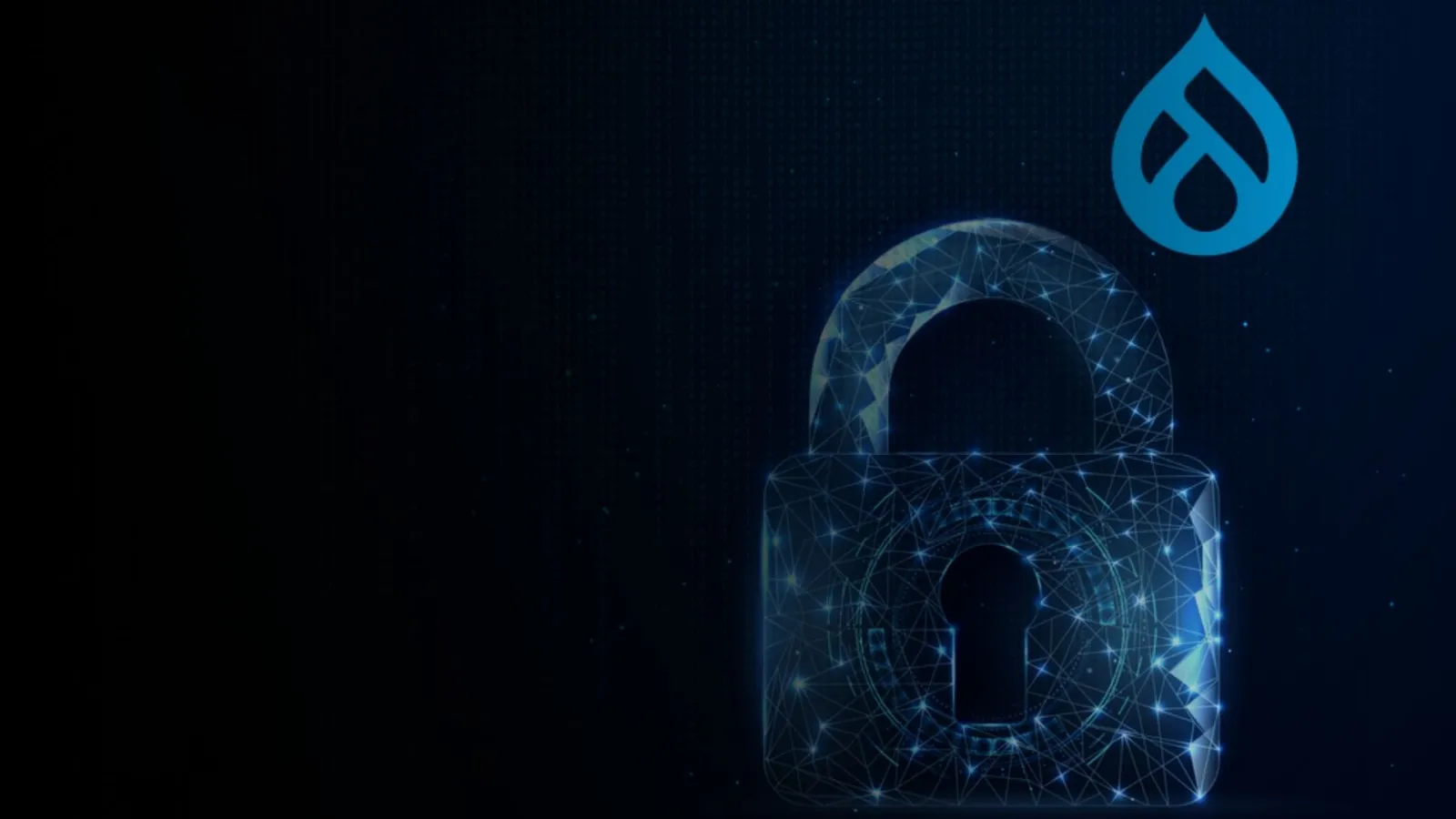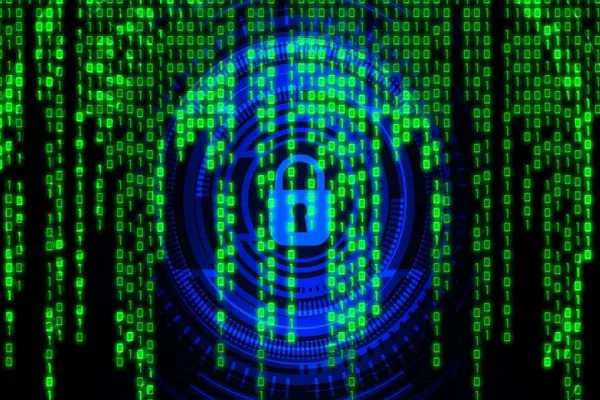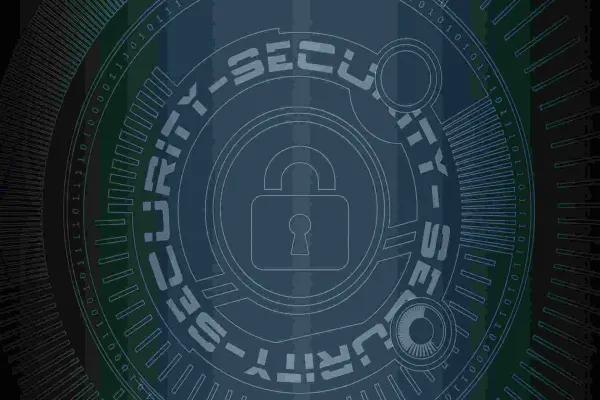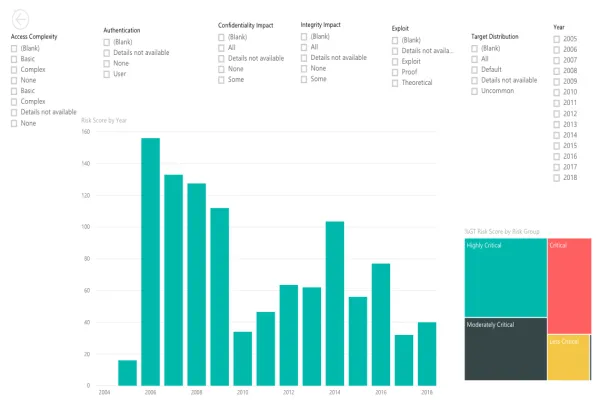Securing your Drupal site is not just a best practice; it’s a necessity. With Drupal powering a significant portion of enterprise websites, safeguarding your site against vulnerabilities is critical. This guide explores key strategies and best practices to enhance Drupal security and keep your website resilient against potential threats.
Importance of Drupal Security
Drupal security ensures your site remains operational, protects sensitive data, and maintains user trust. Security breaches can lead to data theft, financial loss, and reputational damage. Taking proactive measures to secure your Drupal site is essential to avoid these risks.
Keep Drupal Core and Modules Updated
Regularly updating your Drupal core and contributed modules is one of the most effective ways to secure your site. Drupal security updates address known vulnerabilities and strengthen your site against emerging threats.
- Enable Update Notifications: Ensure that update notifications are turned on in your Drupal admin panel.
- Apply Patches Promptly: Monitor Drupal security releases and apply patches immediately to avoid exposure to known exploits.
Implement Strong Access Controls
Access control is fundamental to securing Drupal. Limit user permissions and employ robust authentication methods.
- Use Role-Based Permissions: Assign roles with specific permissions, ensuring that users only access what they need.
- Enforce Strong Password Policies: Require complex passwords and consider enabling two-factor authentication (2FA).
Regular Backups
Frequent backups are your safety net. In case of a breach, backups allow you to restore your site quickly without significant downtime.
Secure Configuration Settings
Improper configuration can expose your site to risks. Follow these guidelines to secure your Drupal installation:
- Disable Unnecessary Modules: Deactivate modules that are not in use to reduce potential vulnerabilities.
- Set File Permissions: Configure file permissions to prevent unauthorized access.
Monitor and Audit Your Site
Constant vigilance is crucial for maintaining security. Regular monitoring and auditing can help you detect and address issues early.
- Use Security Modules: Install modules like Security Review and Login Security to automate checks and monitor suspicious activity.
- Audit Logs: Regularly review logs to identify and investigate anomalies.
Enable HTTPS
Secure your site with HTTPS to encrypt data transferred between your server and users. This protects sensitive information and improves user confidence.
Prevent SQL Injection and XSS Attacks
SQL injection and cross-site scripting (XSS) are common attack vectors. To secure your Drupal site:
- Sanitize Inputs: Validate and sanitize user inputs to prevent malicious code execution.
- Use Trusted Modules: Avoid third-party modules from unverified sources.
Leverage Drupal Security Modules
Several Drupal modules are designed to enhance security. Examples include:
- Security Kit: Adds a layer of protection against common vulnerabilities.
- Captcha: Prevents automated spam submissions on forms.
Conduct Security Testing
Regular security testing ensures that vulnerabilities are identified and addressed proactively. Engage in:
- Penetration Testing: Simulate attacks to uncover weaknesses.
- Code Reviews: Analyze your custom code for potential security flaws.
Stay Informed
Stay updated on Drupal security best practices and new vulnerabilities by following trusted resources like the Drupal Security Team’s announcements. Participating in the community can also provide insights into securing Drupal effectively.
Conclusion
Securing your Drupal site is an ongoing process. By implementing these strategies—such as keeping your site updated, configuring robust access controls, and leveraging security modules—you can minimize risks and ensure a secure digital presence. Prioritize Drupal security to protect your users, data, and reputation.





